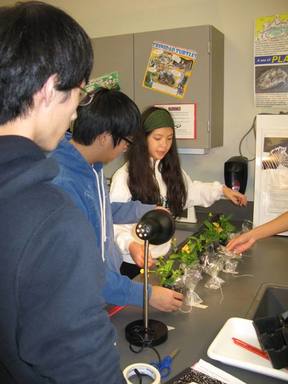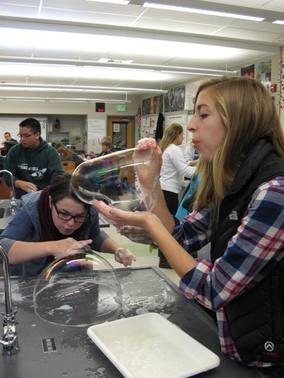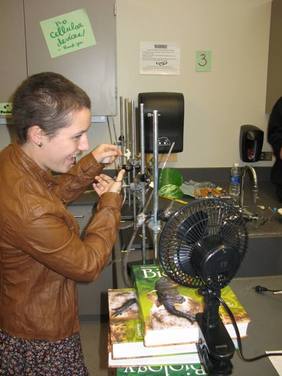Course Information and Policies
|
Required Course Materials
Here's an Amazon list of the suggested materials. Materials needed (although not necessarily used daily):
Suggested for organization of your various papers and creations:
Student Learning Outcomes Student Learning Outcomes are governed and assessed by the International Baccalaureate Organization. The IB Biology syllabus is a list of all the content understandings (U) , applications (A) and skills (S) that the IB Organization mandates are taught throughout the two years of the IB Biology higher level course. A full printable list of the syllabus can be seen here. While SHS does not necessarily progress through the syllabus statements in order, they are presented in order here. If you are curious about the order in which the syllabus is taught at SHS, you can view the general sequence of the course here.
Course Schedule A plan for each week will be posted with detail on the topics and lessons for the week. Assignments will be viewable in the Canvas Calendar, Canvas To-Do List, and in the Canvas Modules. Inclusivity In this class, people of all ethnicities, genders and gender identities, religions, ages, sexual orientations, disabilities, socioeconomic backgrounds, regions, and nationalities are strongly encouraged to share their rich array of perspectives and experiences. If you feel your differences may in some way isolate you from our classroom community or if you have a specific need, please speak with me so that we can work together to help you become an active and engaged member of our class and community. Expectations of the Student
Expectations of the Instructor
Other Course Policies
Evaluation and Grades The class assessment will factor into your Skyline GPA and appear on your transcript. Your class grade is calculated against a high academic standard, appropriate for a college level course. You earn your grade; Ms. vB does not “give” grades. Grades will be updated and posted on-line using the Canvas Gradebook on a regular basis. You will be able to track your grade throughout the course using the "Grades" link in the left side navigation menu on the course page. The final grade for the class that synchs to Skyward will not be a surprise to you. Ms. vB DOES NOT ROUND GRADES (you are given ample opportunity to go above and beyond to raise your grade). A letter grade will be determined using points for assignments in weighted categories. The specific grading scale depends on which year of the course you are taking: Refer to the weekly schedule for due dates for each assignment, as well as the assignment details for more information on specific assignment, including how it will be evaluated. Late Work In general, please complete your work on time. With the exception of initial knowledge audits, late work is accepted without grade penalty through the end of a unit. If you will need additional time beyond the unit deadline, please speak with me in advance about your need for an extension and your plan for completion. I am extraordinarily flexible and accommodating of student circumstances and different needs, but advance communication is key. Work submitted past a unit deadline will earn a default score of 52%. Academic Honesty Please read the Skyline High School Academic Honesty Policy to make sure you understand the importance of your academic integrity. Cheating will not be tolerated and is clearly a violation of course and school policy. Without exception, all instances of suspected cheating or plagiarism will be reported to the school administration. The following acts of cheating are examples of behavior that will result in disciplinary actions as outlined in the student handbook.
Regarding Use of Generative AI Tools:
It is assumed that Skyline students are honorable people. Only those lacking in intelligence believe that cheating on academic work is profitable. Students are here to learn; cheating makes learning impossible. Disruptive Behavior In general, students can do as they like in this class, provided it doesn’t affect their learning or the learning of others in the class. We work quite hard to fulfill all the course requirements, so it is important for students to remain attentive and work with intention at all times. I trust that students will be responsible for their learning and will not engage in any activity that will take away from their own learning or from a classmate’s ability to learn. Nothing infuriates me as much as a student who disrespects another’s right to learn. If this should occur, the following progressive discipline pathway will be utilized:
Lab SafetyThe Issaquah School District takes laboratory safety very seriously. Safety in the science classroom and laboratory is the FIRST PRIORITY for students, instructors, and parents. To ensure safer classroom/laboratory/field experiences, the Science Safety Rules have been developed for the protection and safety of all. The Rules must be followed at all times. Each student must have returned the class expectations agreement, signed by student and parent before being allowed to do lab work. Your signature indicates that you have read these rules, understand them, and agree to follow them at all times while working in the classroom/laboratory. |


